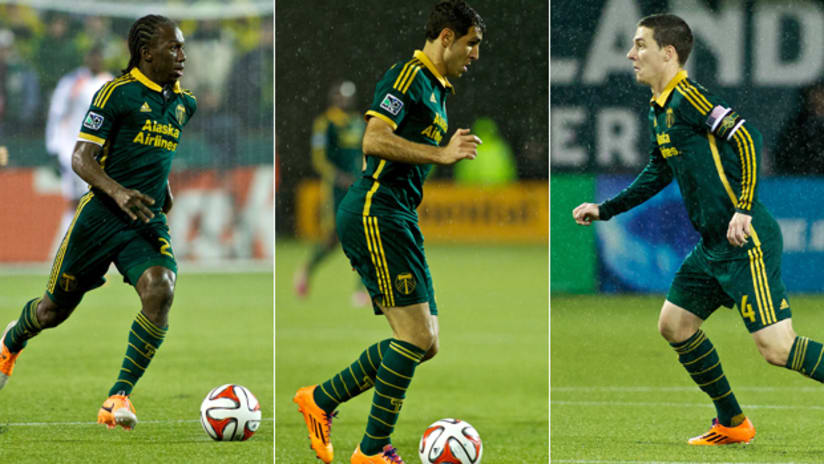A few weeks ago,
helped define what it means when someone says
Diego Valeri
is a #10, who fills the #9 role and more in this
handy Soccer Jargon 101 on number position translator
.
In his next segment, Doyle takes a look at the tactical evolution of formations from the 2-3-5--which ran as the primary set up for the first 50 years of the game--to the W-M innovation, to the 4-2-4 and into the more modern set-ups of the 4-3-3. And yes, that 2-3-5 meant there were only two defenders and five forwards.
Building on the knowledge laid down in the number position translator edition, Doyle explains where the #10 sits, what a #6 is and how in England, a center back is often still commonly referred to as a centre-half and why.
It's a fascinating explanation of many of the terms that bounce around in broadcasts and articles. Also of note, Doyle's prime examples of a #6, #10 and #8 midfield all just happen to be our own Diego Chara, Diego Valeri and Will Johnson.
As Doyle suggests, if you want to know more about how formations have evolved over time, then Jonathan Wilson's Inverting The Pyramid: The History of Football Tactics is an absolute must read book. Exhausively researched, the book dives into intense detail of formation shifts across continents with Italy's catenaccio to Brazil's volante and ponta da lança, to much more. Also of note, ZonalMarking.net is an excellent blog and spiritual cousin to Inverting the Pyramid with modern tactical analysis of matches--an additional must read for any soccer formation geek.












